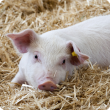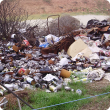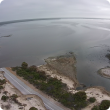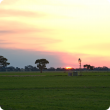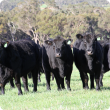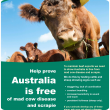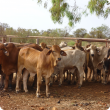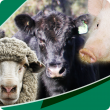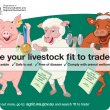Filter by regions:
- (-) Remove Peel filter Peel
- Mid West (136) Apply Mid West filter
- South West (135) Apply South West filter
- Great Southern (134) Apply Great Southern filter
- Wheatbelt (132) Apply Wheatbelt filter
- Gascoyne (129) Apply Gascoyne filter
- Goldfields-Esperance (129) Apply Goldfields-Esperance filter
- Kimberley (126) Apply Kimberley filter
- Pilbara (126) Apply Pilbara filter
- Perth regions (114) Apply Perth regions filter


